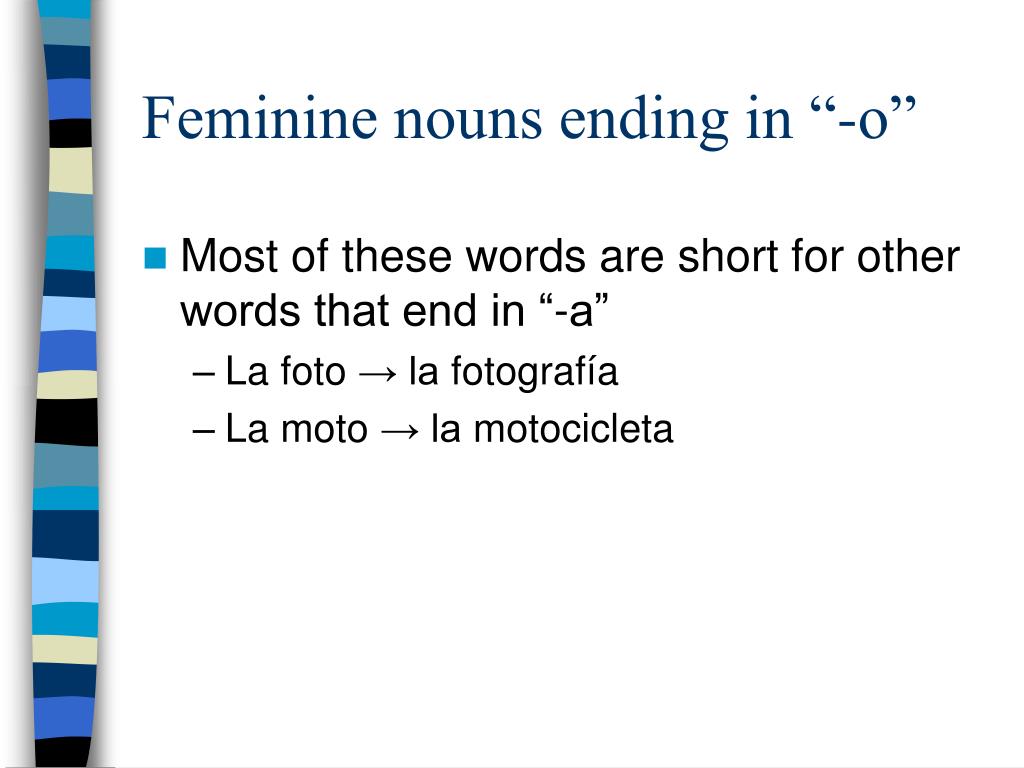
Spanier, Im/Partial Science: Gender Ideology in Molecular Biology (1995) Nelson, Beyond Economic Man: Feminist Theory and Economics (1993)īonnie B. Susan McClary, Feminine Endings: Music, Gender, and Sexuality (1991)ĭale Spender, Women and Literary History, in The Feminist Reader: Essays in Gender and the Politics of Literary Criticism, ed. Marcia Citron, Gender and the Musical Canon (1993)

Roszika Parker and Griselda Pollock, Old Mistresses: Women, Art, and Ideology (1981). Linda Nochlin, Why Have There Been No Great Women Artists?, in Women, Art, and Power and Other Essays (1988). Whitney Chadwick, Women, Art, and Society (1990 ). What does the omission, or the unusual inclusion, of women tell us about problems with the values in a field? Re-examination of standards and values of the canon.

Radical Revision (Down with the Patriarchy) Include women in the canon (more conservative) Search for the lost or forgotten great Women in a field seek Foremothers. Two Types of Feminist Critique of Canons: Why feminists criticize canons: They enshrine traditional ideas about what makes for "greatness"" in art, literature, music, etc and this "greatness" almost always seens to exclude women. They reinforce the public1s view about what counts as "quality" in a field. How canons get entrenched: They appear everywhere, in courses, textbooks, bookstores, methodologies, belief systems, institutions.


They are ex clusive, entrenched, enduring, and self-perpetuating. Canons instruct and represent high quality. What canons do: They provide the measure of what counts as "good" and important in a field. Originally a Lecture at San Jacinto Community College, South Campus, April 11, 1996Ĭanon: from the ancient Greek kanon = straight rod, bar, ruler, model, standard How Feminism Rewrites the History of "Great Men"


 0 kommentar(er)
0 kommentar(er)
